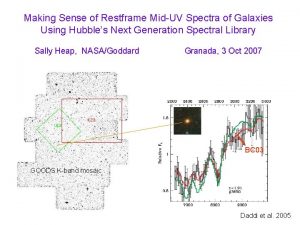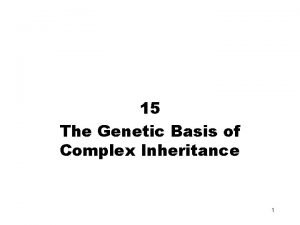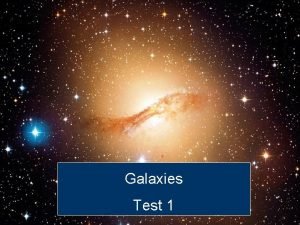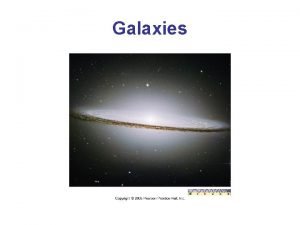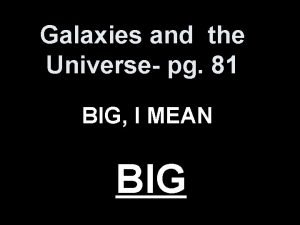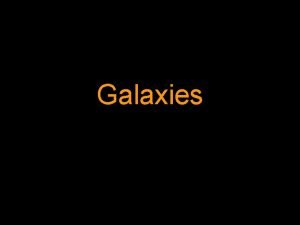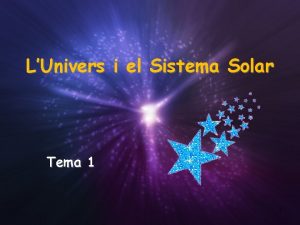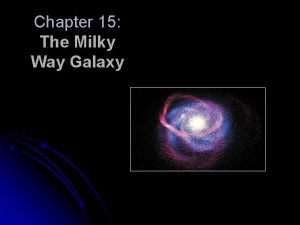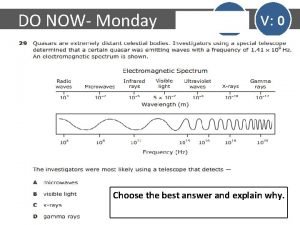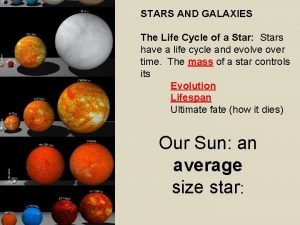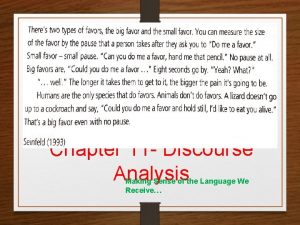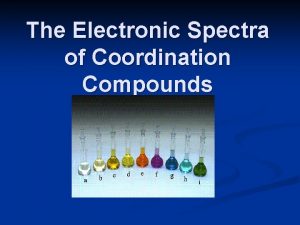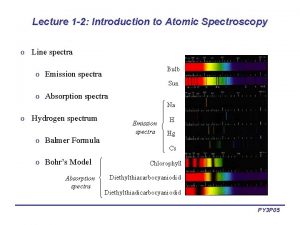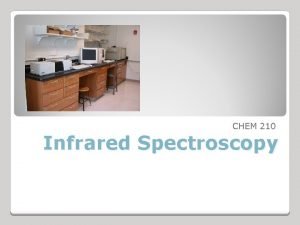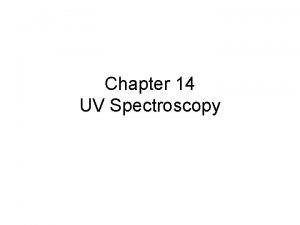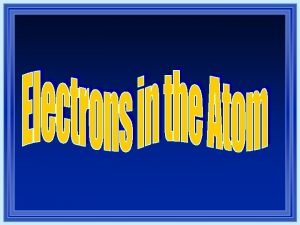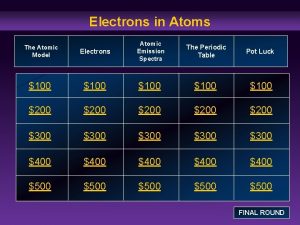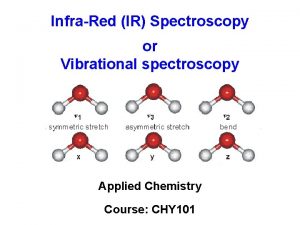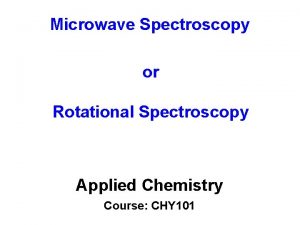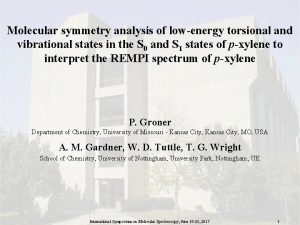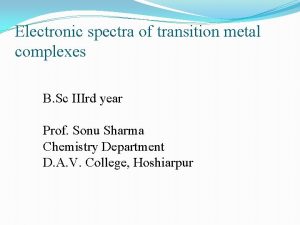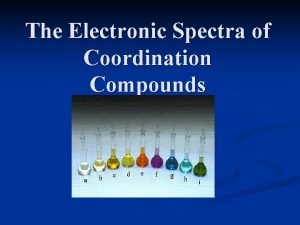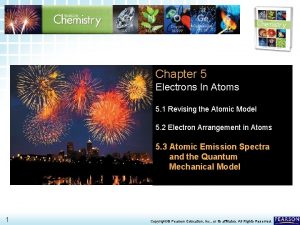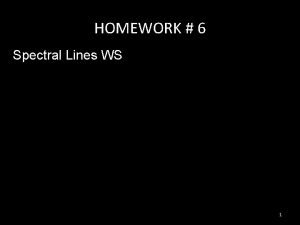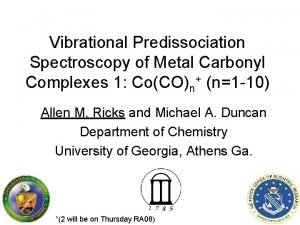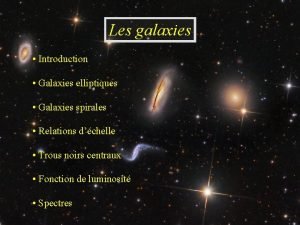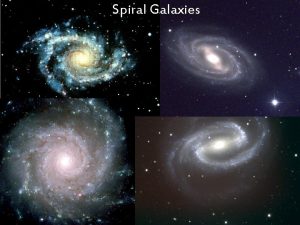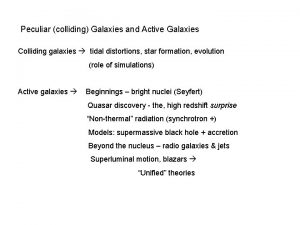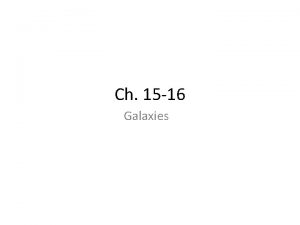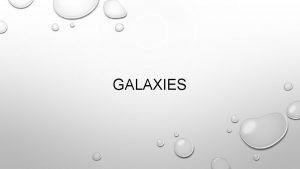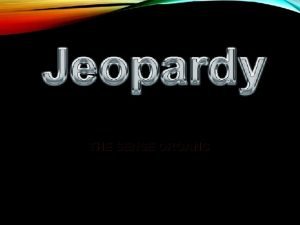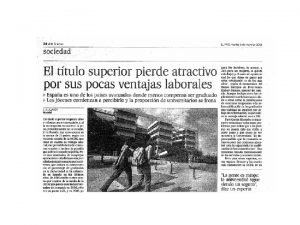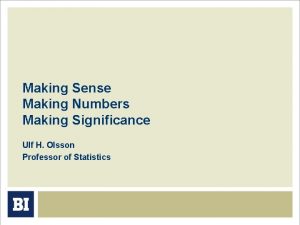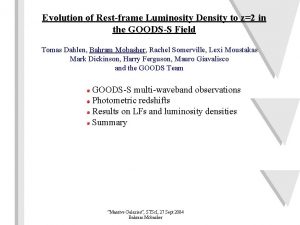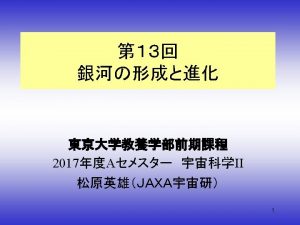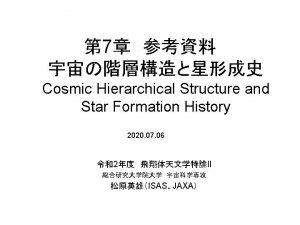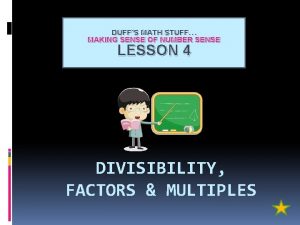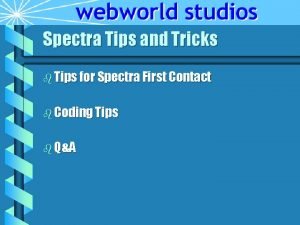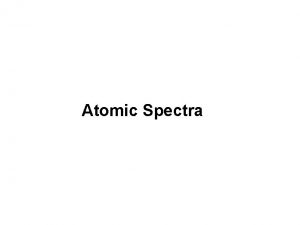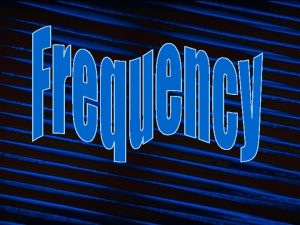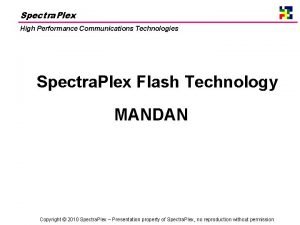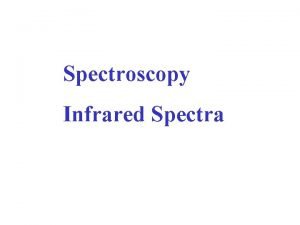Making Sense of Restframe MidUV Spectra of Galaxies


![Age(z, zf) Age(MSTO Teff, [Fe/H]) Mg. UV l>3500<8000 log. Z -2. 0 -1. 5 Age(z, zf) Age(MSTO Teff, [Fe/H]) Mg. UV l>3500<8000 log. Z -2. 0 -1. 5](https://slidetodoc.com/presentation_image_h2/7631272dcc6772e4ae6b9ff37d844373/image-3.jpg)




![The spread in Teff increases with lower metallicities Isochrone log g [Fe/H]=0 [Fe/H]=-1. 01 The spread in Teff increases with lower metallicities Isochrone log g [Fe/H]=0 [Fe/H]=-1. 01](https://slidetodoc.com/presentation_image_h2/7631272dcc6772e4ae6b9ff37d844373/image-8.jpg)


























- Slides: 34

Making Sense of Restframe Mid-UV Spectra of Galaxies Using Hubble’s Next Generation Spectral Library Sally Heap, NASA/Goddard Granada, 3 Oct 2007 BC 03 GOODS K-band mosaic Daddi et al. 2005

The major spectral diagnostics, Mg. UV, D 4000, and Hd are all visible in the spectra of galaxies at z~0. 4 -1. 0 z=
![Agez zf AgeMSTO Teff FeH Mg UV l35008000 log Z 2 0 1 5 Age(z, zf) Age(MSTO Teff, [Fe/H]) Mg. UV l>3500<8000 log. Z -2. 0 -1. 5](https://slidetodoc.com/presentation_image_h2/7631272dcc6772e4ae6b9ff37d844373/image-3.jpg)
Age(z, zf) Age(MSTO Teff, [Fe/H]) Mg. UV l>3500<8000 log. Z -2. 0 -1. 5 -1. 0 -0. 5 +0. 5

z~1 galaxies • oldest stars <6 Gyr • wide spread in restframe B-V • restframe near-UV comes into view z=0. 36 z=0. 62 z=1. 0 z=1. 7 De Lucia & Blaizot 2006, astro-ph

The Mid-UV (2000 -3000 Å) flux is produced mainly* by MSTO stars, the clock for stellar evolution Hottest stars =MSTO Dealing with MSTO stars simplifies things greatly: • Observed spectrum looks like that of a single F-type MS star • Modeling of the atmosphere and spectrum is easier for MS F-type stars • Modeling of the interior structure is easier for F-type MS stars.

* Except that blue HB stars may contaminate the UV spectrum of very old, metal-poor stellar populations Blue HB

At z~1, blue HB stars should not be a problem
![The spread in Teff increases with lower metallicities Isochrone log g FeH0 FeH1 01 The spread in Teff increases with lower metallicities Isochrone log g [Fe/H]=0 [Fe/H]=-1. 01](https://slidetodoc.com/presentation_image_h2/7631272dcc6772e4ae6b9ff37d844373/image-8.jpg)
The spread in Teff increases with lower metallicities Isochrone log g [Fe/H]=0 [Fe/H]=-1. 01 [a/Fe]=0. 3 Teff V-R isochrones

The primary mid-UV feature is Mg. UV (composed of Mg. II, Fe. II, etc. ) BC 03 models Kurucz library HST UDF Daddi et al. 2005

The Mg. UV feature can distinguish between a dusty, star-forming galaxy and an older, passively evolving galaxy but it cannot tell its age because of the age-metallicity degeneracy. Can we do better? BC 03 Models of the Evolution of Mg. UV Adapted from Daddi et al. 2005

Line blanketing, especially in the UV, distinguishes high-metallicity stars Can UV colors help?

Problems with Spectral Models: Assumption of LTE, Missing Opacities B 2640 Munari Castelli Mg. II 2800 Mg. I 2850 Chromospheric Emission

Next Generation Spectral Library HD 16031 HD 2665 (G 5 IIIw) Teff=5004 Teff log g=2. 27 log. ZZ= -1. 96 ELODIE log g log 6341 6114 FEATURES 4. 19 4. 07 -1. 12 (this study) -1. 79 (Clem et al. 2004) BENEFITS Wide l coverage: 0. 2 -1. 0 m Define new spectral indices; get wide-baseline SED, colors Absolute flux calibration Do wide-band spectrophotometry; measure spectral breaks Moderate spectral resolution Measure spectral indices, Check model spectra Large number of program stars: 378 312 are good observations 248 have good fits to their spectra Trace systematic trends of spectral indices

Estimating the Stellar Parameters: Teff, logg, log. Z, E(B-V) • Set up: • Resample STIS spectrum to resolution of Castelli’s models • Normalize observed & model spectra over 0. 4 -0. 7 m • Make c 2 fit to spectrum (Dl=0. 20 -1. 00 m) for Teff, log. Z, and E(B-V) • Determine Lv range corresponding to V, p, ep • Calculate Lbol from BCv(Teff, log. Z, E(B-V)) • Derive possible ilogg from comparison with V-R evolutionary models ilogg cube (DT x DL x DZ) • Make c 2 fit for Teff, logg, log. Z, and E(B-V) with wt =1 for l=0. 2 -1. 0 m, and wt =10 for Mgb wt = 0 for Mg. II and Ca. II resonance lines

The most important stars for the UV-blue spectrum have Teff=5000 -8000 K, log g ~ 3. 8 -4. 5 Flux Contributions to stellar population at 6 Gyr, [Fe/H]=0


Mid-UV colors are good distinguishers of metallicity among MSTO stars having similar line spectra 2500 2600 2700 2800 2900 3000

BC 03 Predictions



Even fine spectral analyses have their uncertainties! (1)

Even fine spectral analyses have their uncertainties! (2) Log g. SME – iso log g ~ +0. 1 Valenti & Fischer 2005



log g MSTO stars can have the same Teff and log g but very different ages if they have different metallicities Teff




MSTO



0. 1 0. 3 10 Gyr


 Miduv
Miduv Narrow sense heritability vs broad sense heritability
Narrow sense heritability vs broad sense heritability Narrow sense heritability vs broad sense heritability
Narrow sense heritability vs broad sense heritability Most galaxies in the inner region of a large cluster are
Most galaxies in the inner region of a large cluster are 4 types of galaxies
4 types of galaxies Facts about elliptical galaxies
Facts about elliptical galaxies Evolution of galaxies
Evolution of galaxies Chapter 30 galaxies and the universe
Chapter 30 galaxies and the universe How are active galaxies classified?
How are active galaxies classified? Galaxies
Galaxies Universe pg
Universe pg What are galaxies
What are galaxies Waves produced by stars and galaxies
Waves produced by stars and galaxies Tipus de galaxies
Tipus de galaxies Elliptical, spiral and irregular.
Elliptical, spiral and irregular. The pity relation for an adiabatic expansion is
The pity relation for an adiabatic expansion is Galaxies lesson plan
Galaxies lesson plan Brainpop galaxies quiz answers
Brainpop galaxies quiz answers Life cycle of a galaxy
Life cycle of a galaxy Properties of elliptical galaxies
Properties of elliptical galaxies Making sense of discourse analysis
Making sense of discourse analysis Microstate table for p2
Microstate table for p2 Introduction to atomic spectra
Introduction to atomic spectra C triple bond n ir spectra
C triple bond n ir spectra Uv spectra of dienes
Uv spectra of dienes Why are atomic emission spectra discontinuous
Why are atomic emission spectra discontinuous Atomic emission spectra periodic table
Atomic emission spectra periodic table Primary amine ir spectrum
Primary amine ir spectrum Microwave inactive molecules
Microwave inactive molecules Vibronic spectra
Vibronic spectra Orgel diagram is used for
Orgel diagram is used for Electronic spectra of coordination compounds
Electronic spectra of coordination compounds Atomic emission spectra and the quantum mechanical model
Atomic emission spectra and the quantum mechanical model The diagram shows the characteristic spectral line
The diagram shows the characteristic spectral line Vibrational spectra of metal carbonyls
Vibrational spectra of metal carbonyls
